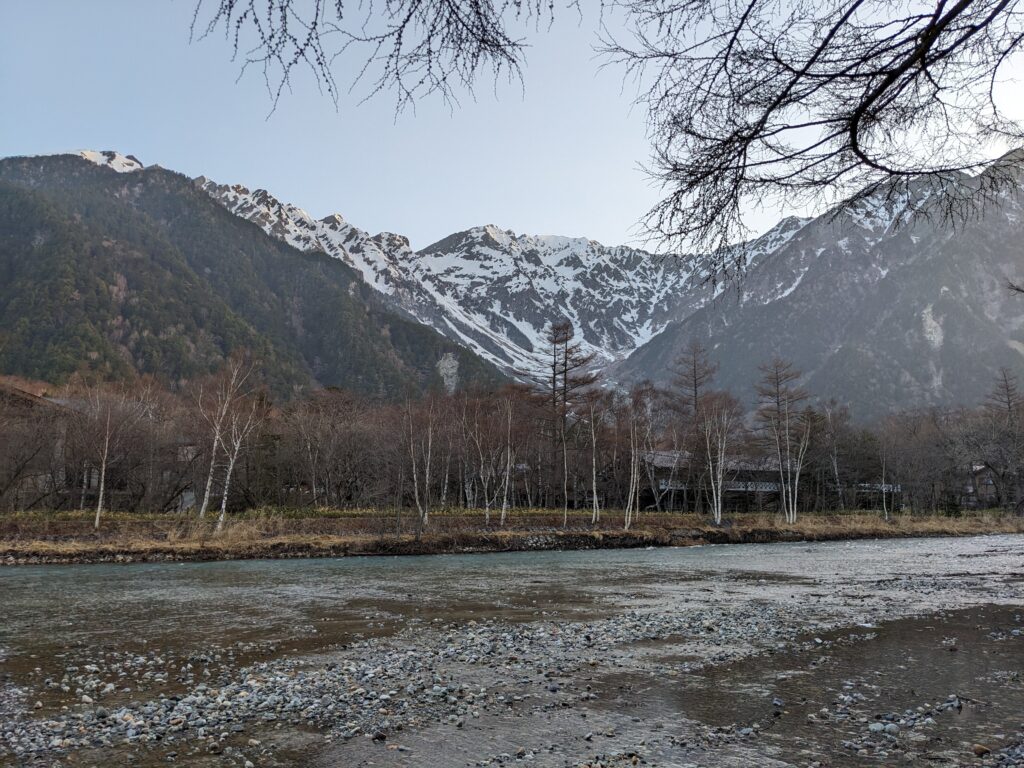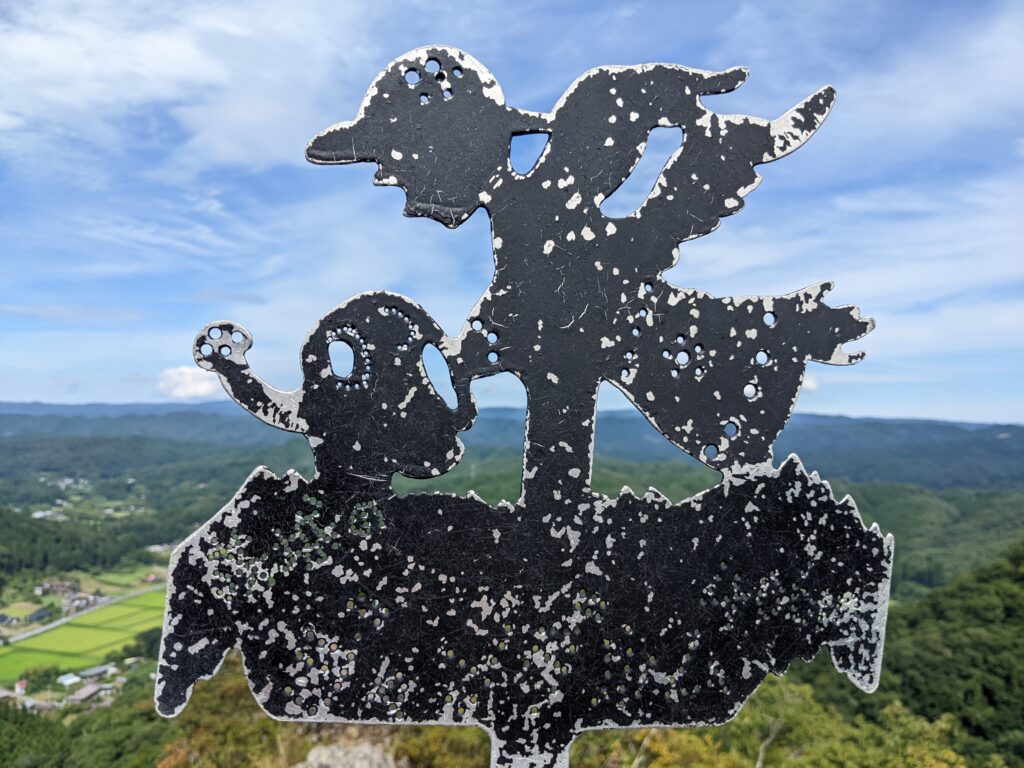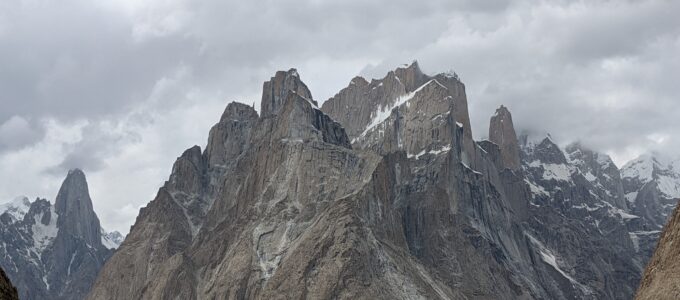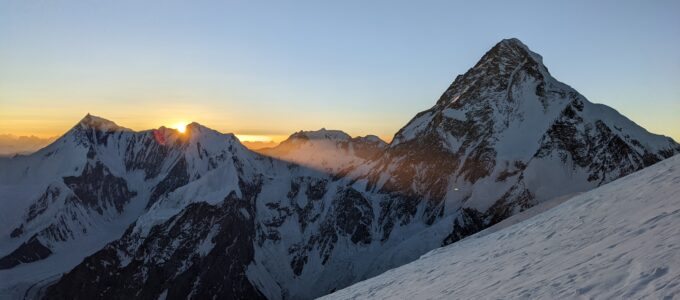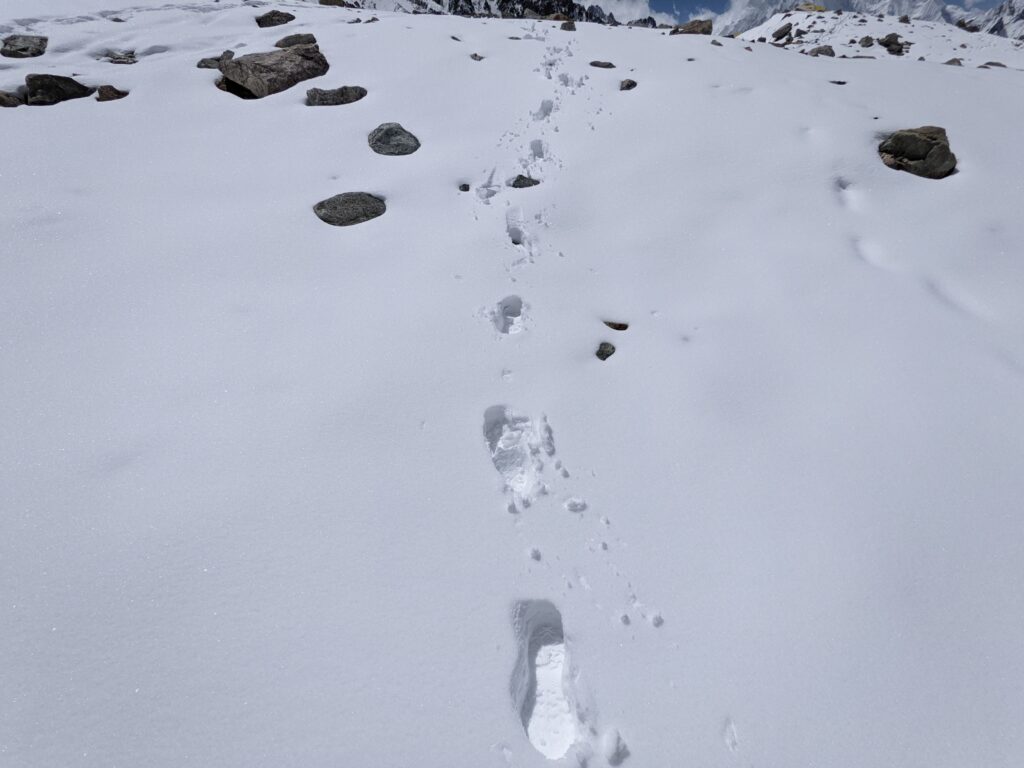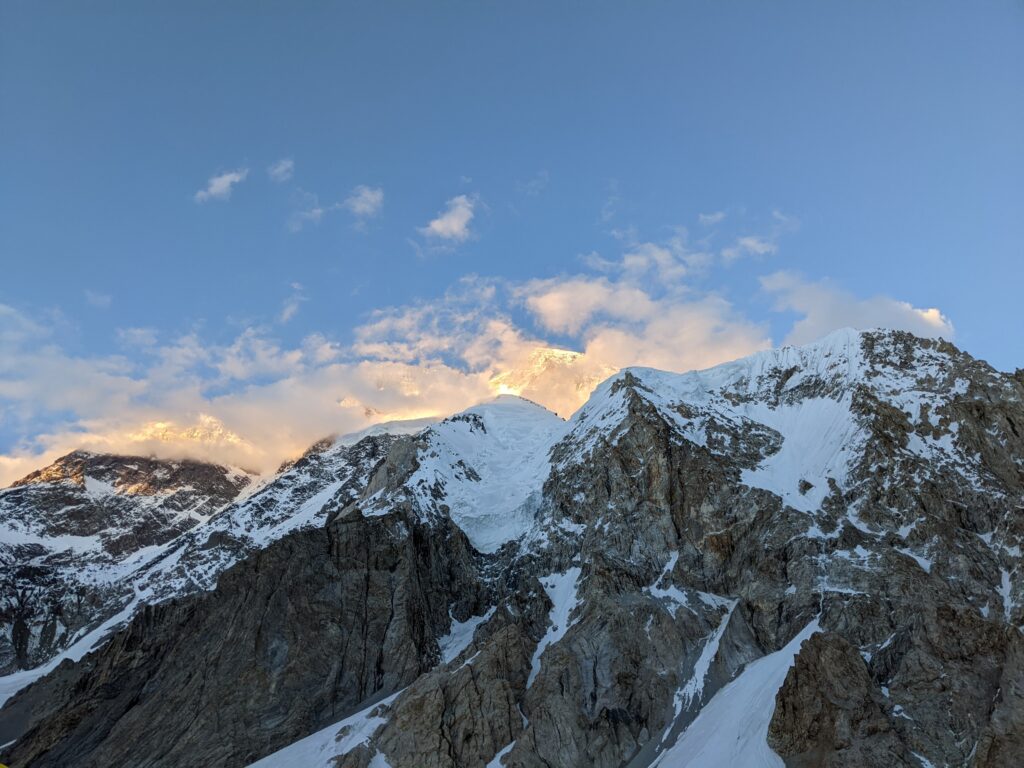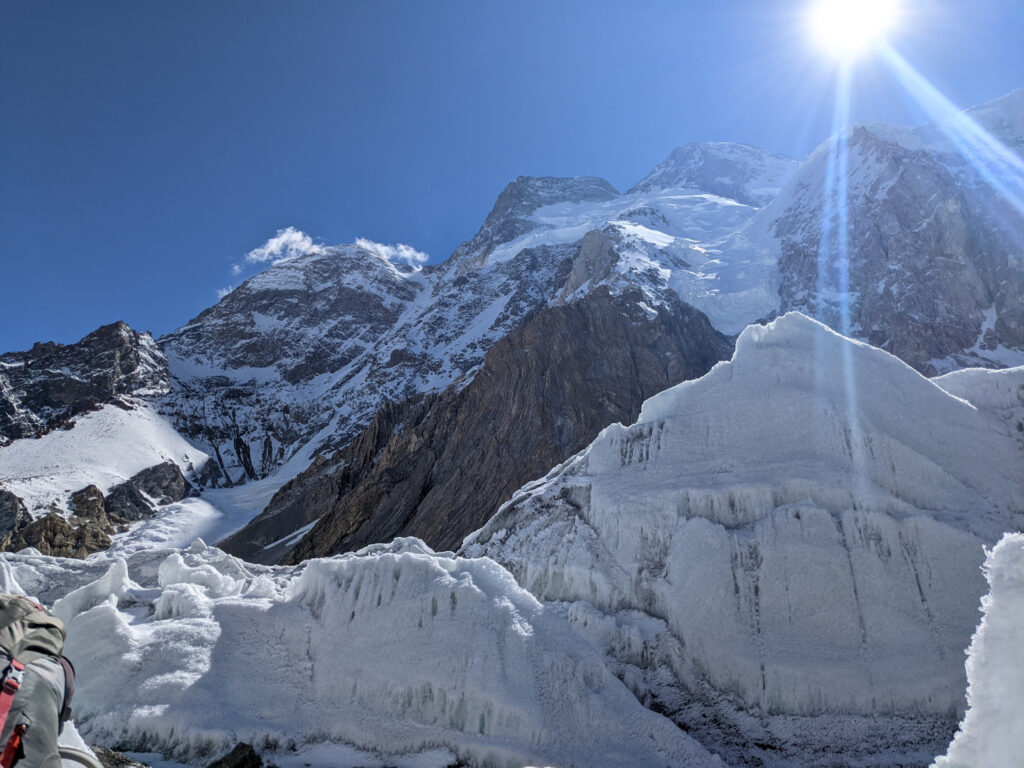This year I was back on Denali for another try. It’s been 3 years since my previous attempt and while my training routine was a bit haphazard, I felt really strong and my training hikes were going great. It was time to head back to Alaska!
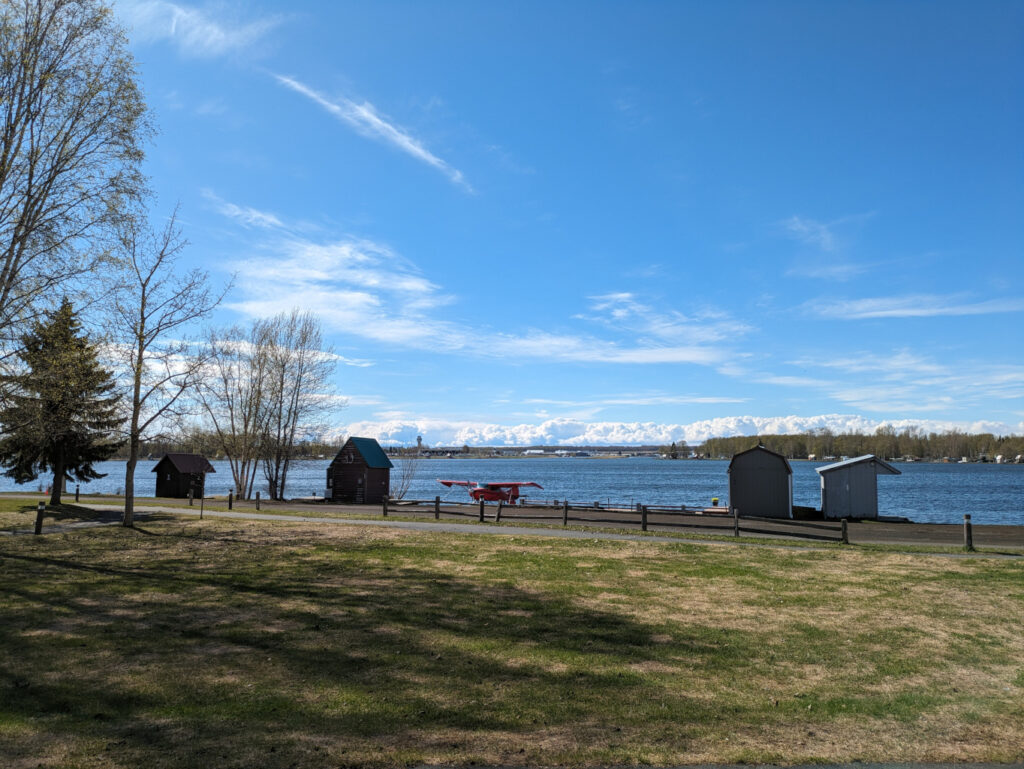
This time I flew in through Minneapolis. Why? Flying in through Seattle would’ve been longer and more expensive. I was a bit traumatized by just how flat the US midwest is, but I can deal with that. This time I didn’t have to deal with any vaccination process at the airport, but I did manage to meet some of my teammates before the next day team gathering.

